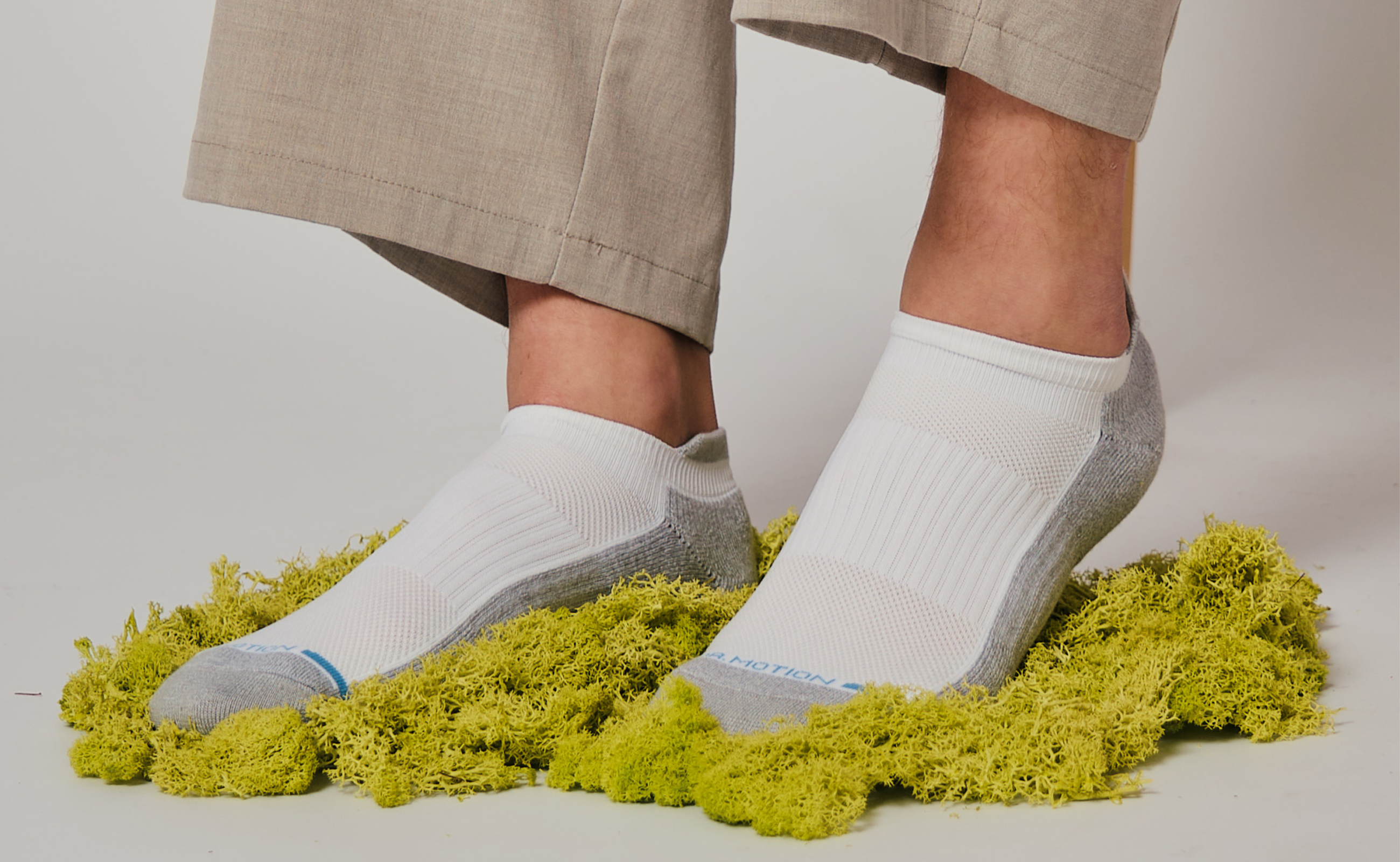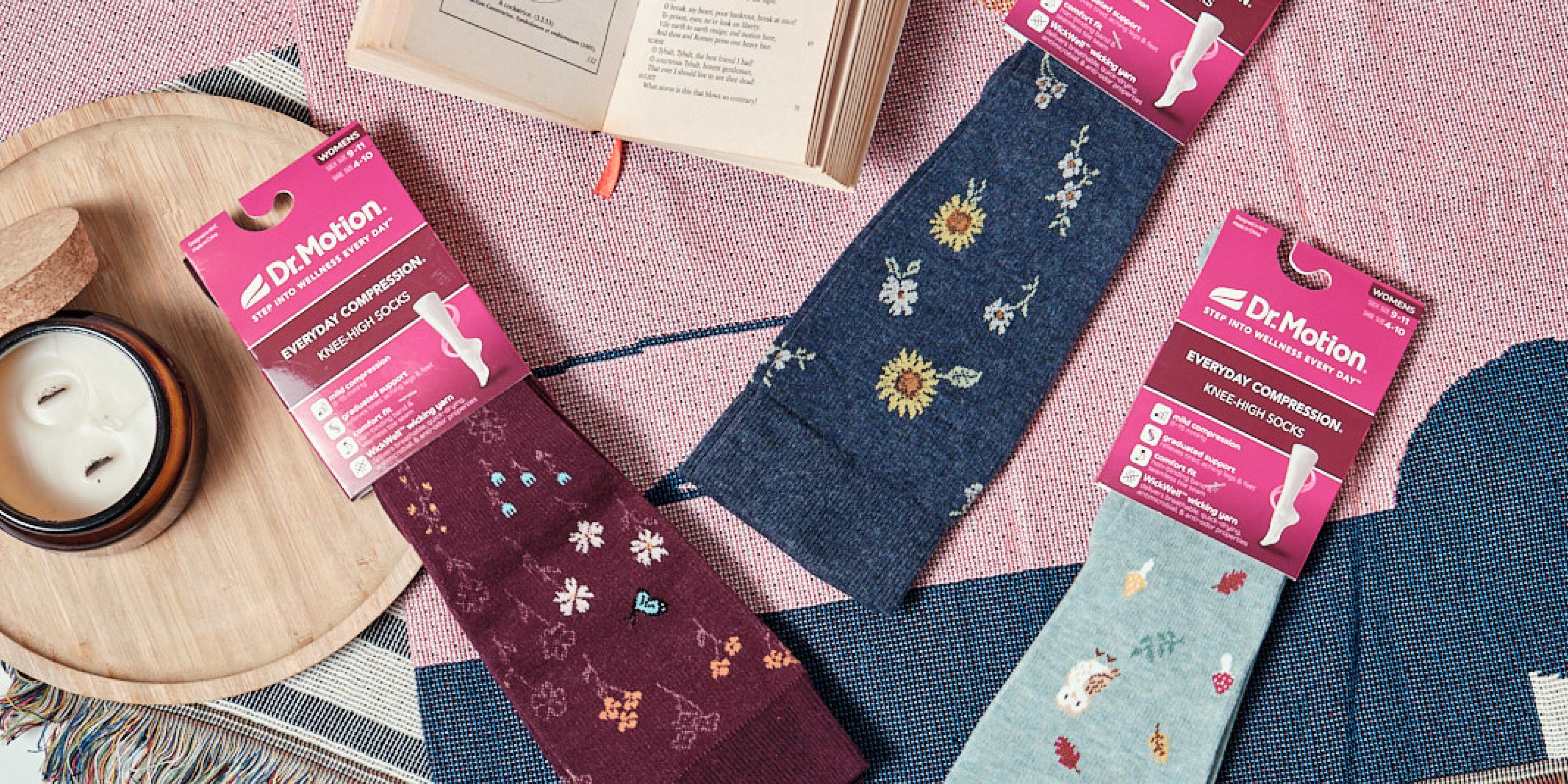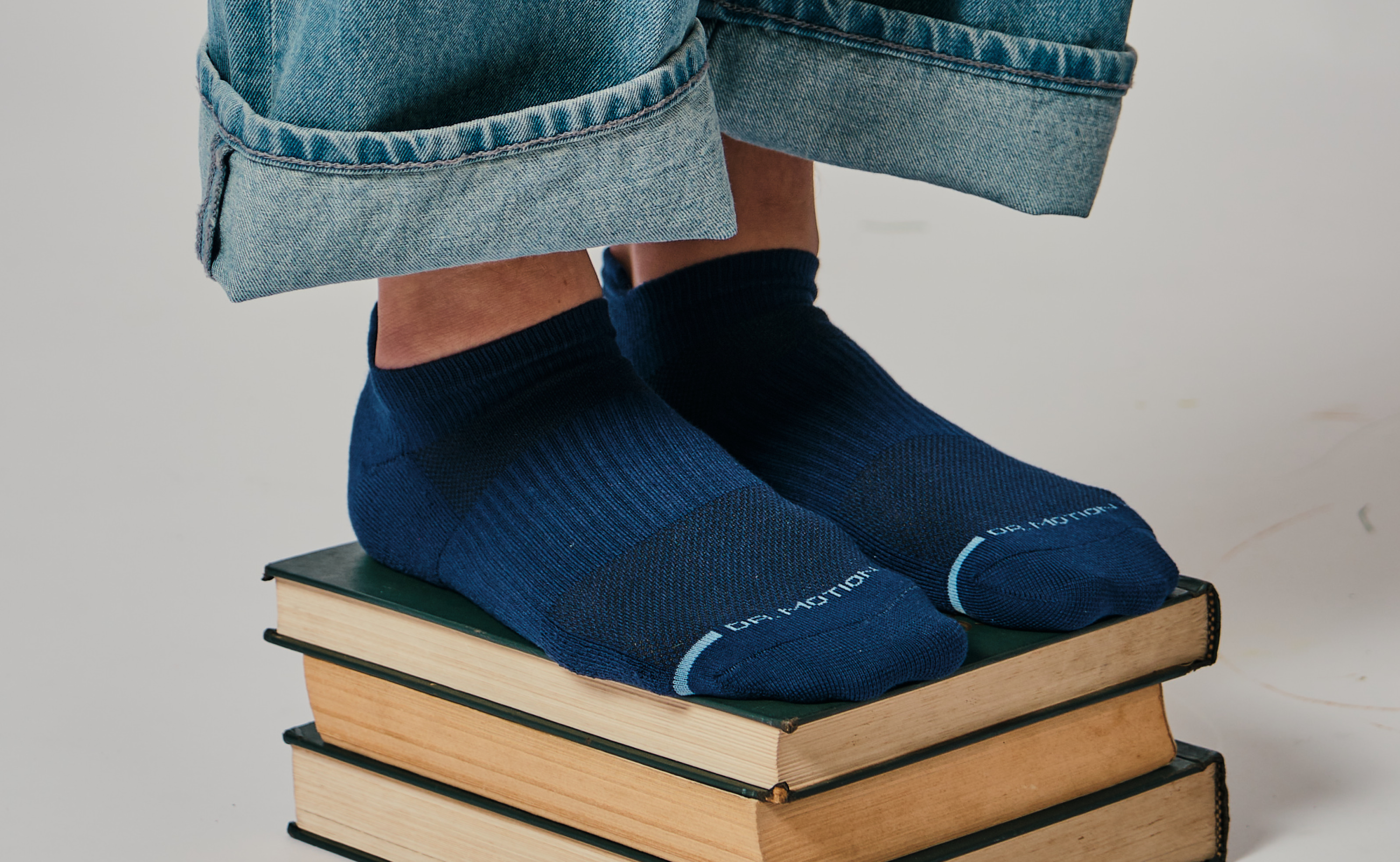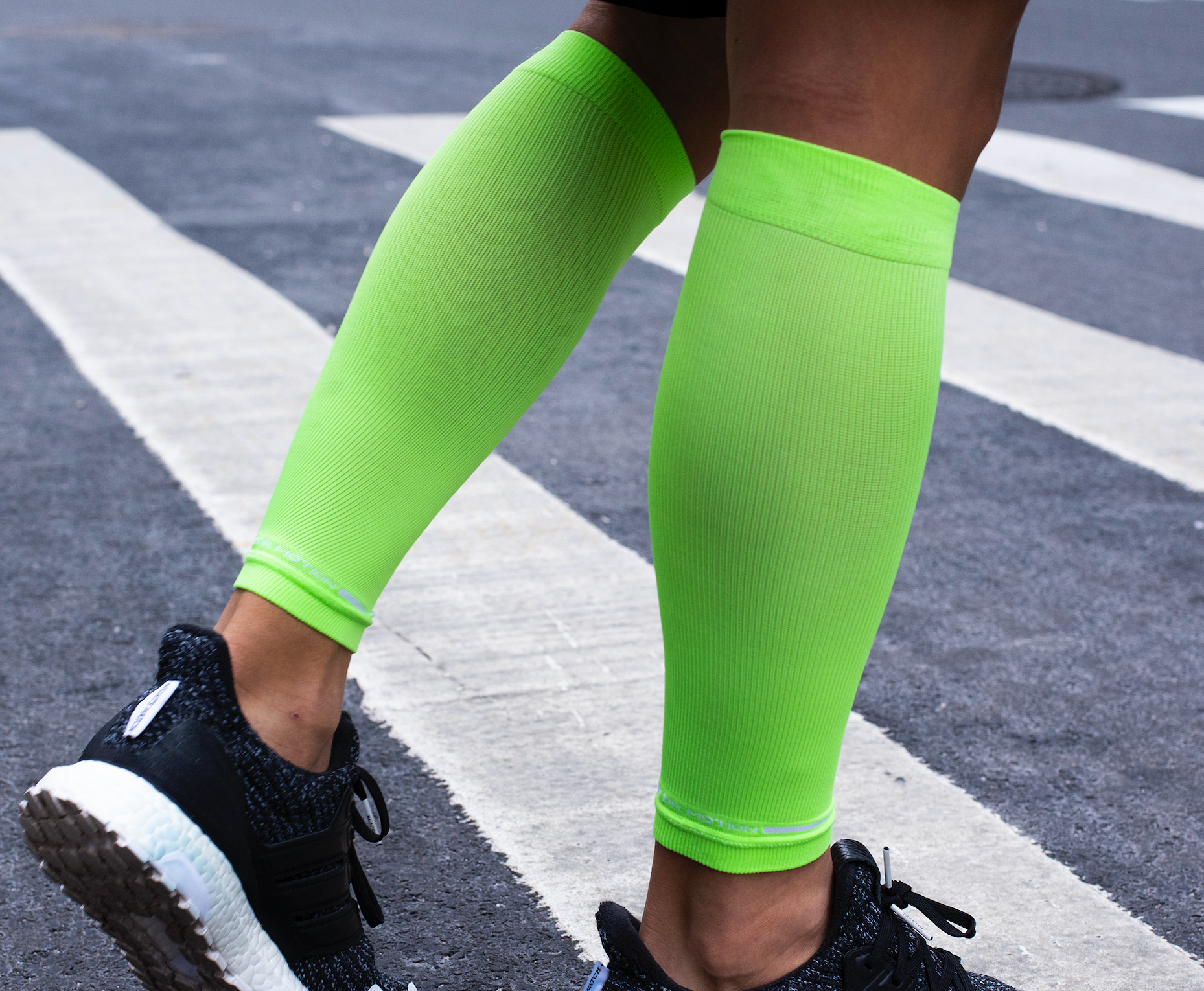Should Cyclists Wear Compression Socks?
Add compression socks to your list of cycling gear essentials for increased performance and recovery. Cycling for competition, exercise or even enjoyment, requires preparation. You need a bicycle, shoes, comfortable seat, proper sportswear and a helmet. But, even with your checklist of essentials, one item may be missing- compression socks. The benefits of cycling compression socks may have you sprinting to add this economical tool to your list of gear.
Cycling Compression Socks
Sport compression socks are designed to move moisture away from your skin to keep you cool even during your most strenuous rides. This property is helpful whether you cycle indoors or outdoors. In either environment, you want to avoid overheating and moisture-wicking material helps reduce this risk. In addition, quality cycling compression socks have odor protection or anti-microbial properties in them, allowing you to transition from cycling to the rest of your day. The best compression socks for cycling provide moderate compression which supports your lower legs as you cycle. You also want to select socks that are comfortable in your cycling shoes and do not slip when you ride. Speak with your doctor about the level of compression that is appropriate for your body and activity level.
How Compression Socks Help Cyclists
Cycling compression socks support your lower legs, but they also increase blood flow throughout your legs. In the Volume 8 Issue 5 of the International Journal of Sports Physiology and Performance, researchers report compression garments are effective at enhancing recovery between cycling sprints that are less than 30 minutes apart. Part of the way this occurs is due to the increased circulation brought on by the compression socks. As your body sends more oxygen-full blood to your working leg muscles, the muscles are able to repair faster and eliminate exercise induced toxins quickly. This means that your training time improves. Since sprint cycles are one way to increase your overall stamina and endurance, compression socks allow you to incorporate more sprints into your cycling sessions.
The December 2015 issue of The Journal of Sports Medicine and Physical Fitness agrees with the increased oxygen flow created by calf compression. This study reports the ways compression sleeves worn on calves increase blood flow to the area before cycling, after cycling and during lower cycling intensity levels. If wearing a full compression sock is uncomfortable, consider the option of wearing a calf compression sleeve to receive similar benefits.
Depending on your cycling environment, for instance whether you cycle outdoors or indoors, compression socks provide added warmth for your lower legs, support tired muscles, and can add a touch of color to your sportswear.

Gear Checklist
Enhance your ride by selecting gear to keep you safe, but also choose gear that makes you a more efficient rider. Cycling is much more than pedaling on a bicycle and your gear is one way you turn a leisurely ride into a productive workout. Consider wearing cycling compression socks for their many benefits including:
- Wicking moisture from your lower legs
- Increasing blood flow to your working muscles
- Reducing your recovery time between workout and workout segments
- Moving toxins out of your working muscles
- Improving your cycling stamina and endurance
The Best Compression Socks for Cycling
The best compression socks for cycling are ones that provide a moderate compression level, so you feel support in your lower legs, but not restricted. Select cycling compression socks that wick moisture away from your skin to keep you dry. Other options to consider when choosing cycling compression socks include anti-odor and anti-microbial properties, color and pattern of the socks, and whether you prefer a full sock or a calf compression sleeve. Find all these options at Dr. Motion and enjoy your ride.
Disclaimer: This article provides information solely for educational purposes, including but not limited to text, graphics, images, and other materials contained herein. This article is not intended to substitute for professional medical advice, diagnosis, or treatment. Always seek the advice of your physician or another qualified healthcare provider with any questions you may have regarding a medical condition.












